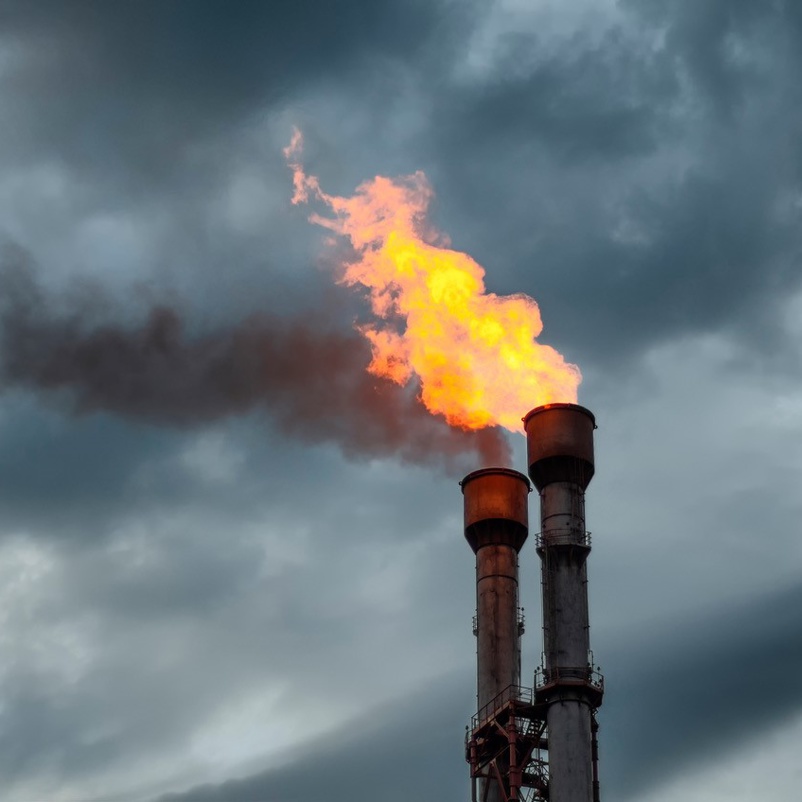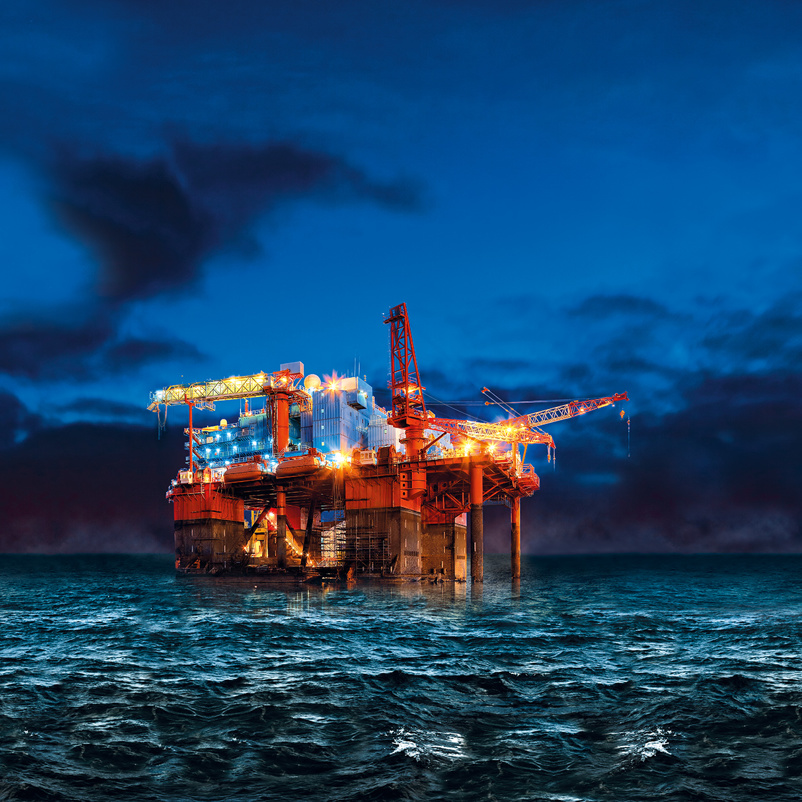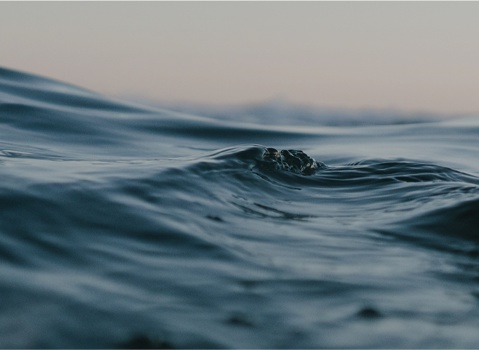We work with our clients to reduce their carbon footprint by commercialising small-scale and stranded gas via gas to liquid plants (GTL). Until now, this exercise has been overly expensive with long capital payback periods and low returns on capital employed.

Zero Routine Flaring by 2030
The market is evolving, with greater emphasis placed on organisations to be environmentally accountable. Initiatives such as ‘Zero Routine Flaring by 2030’ (ZFR), changing regulations, and the potential flare gas penalties of circa $7.8 billion per annum, all evidence a shift in governmental and public opinion that cannot be overlooked. These changes call for a raft of old and new technologies to navigate this landscape of transformation.

Global initatives
The World Bank (ZRF) initiative has stimulated cooperation between governments, oil & gas companies and other stakeholders to restore the environmental damage of 400 million tonnes of CO2 equivalent released into the atmosphere of local communities around the world annually.
Oil and gas producers face demands to:
- Commercialise gas waste into an energy resource to support economic growth
- Reduce CO₂ emissions and curb carbon emissions
- Restore the health and environment of people living in affected communities or face penalties into the $ billions per year

ScanTech Offshore’s GTL solution
With the cooperation of some of the biggest names in the GTL field of excellence, we have gained access to the most advanced, efficient field tested and proven components (including Syngas Reformers and Fischer-Tropsch Reactors) to engineer a profitable solution converting associated petroleum gas (APG) into Zero Sulphur Diesel, Synthetic Oils, Wax and diluent. With a modular design and a small footprint, the solution can be deployed worldwide.
Key aspects and benefits of ScanTech Offshore’s Gas to Liquid solution:
- Small scale (1 to 5mmscf/d) and multiples
- Convert flared gas to synfuel (100 to 500 bbls/d) and multiples
- Small footprint self-contained generating its own power and utilities
- Modular design ISO style 40’ x 8’ skids and frames
- Improve CO₂ emissions reduction by 85 percent
- 20 year design life
- Return on capital employed 30 percent plus payback under five years




